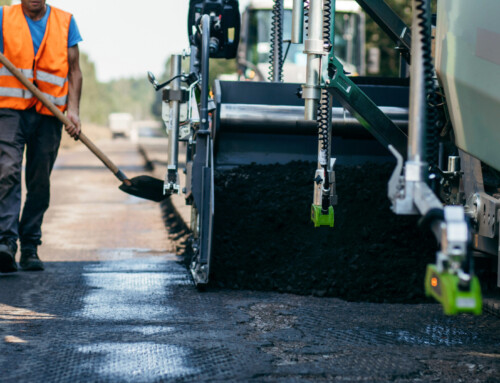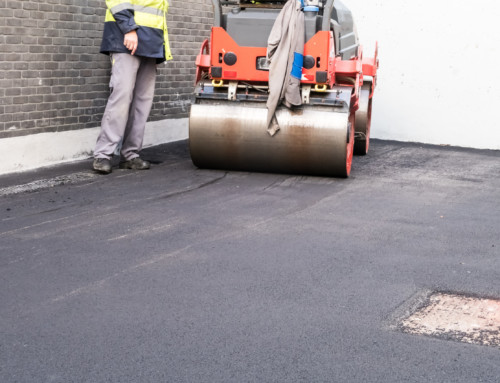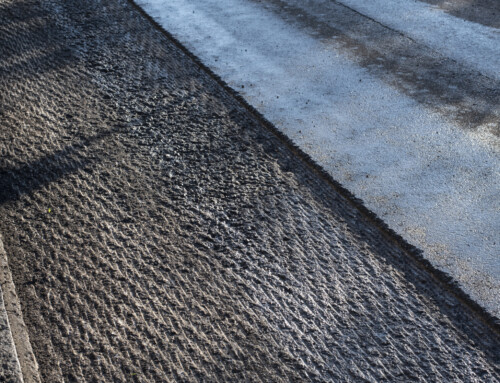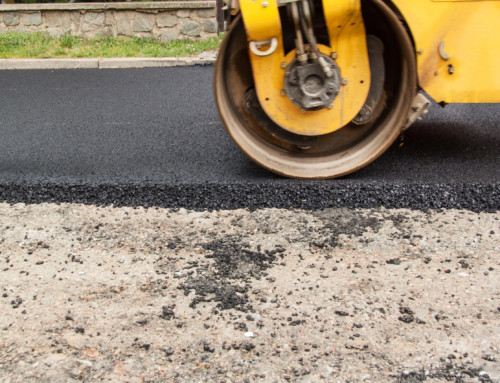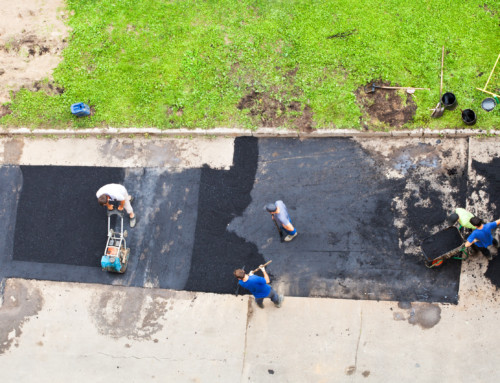
New asphalt paving makes a home or business look great. When you install new asphalt, you need to know how long it takes before it is safe to walk or drive on it. You could hurt yourself or damage the surface if you put weight on newly laid asphalt too soon.
Fortunately, you can safely walk on most asphalt surfaces as soon as they are dry. Still, paving companies recommend waiting about one hour after completion. For best results, rope off the newly covered area and wait at least 24 hours before walking on it.
What Could Happen if I Walk On Asphalt Too Soon?
Walking on asphalt before it is dry may injure you or harm your shoes. You may also leave footprints or otherwise damage the surface. Professional pavers will not allow anyone to walk in the area until it is safe.
As long as the asphalt is dry, you can walk on it with flat-bottomed shoes. Keep cleats and high heels off the surface for a few days to avoid holes in the pavement.
When Is It Safe To Drive on New Asphalt?
Wait at least three days before parking or driving on fresh asphalt. It would help to keep vehicles with kickstands, like bicycles and motorcycles, off newly paved areas for several days. Kickstands can press into the drying surface and create holes.
How Do Weather and Temperature Affect Asphalt Drying Times?
Seventy degrees Fahrenheit is the ideal drying temperature for asphalt. The asphalt will take about three days to dry entirely in these conditions.
Temperatures above 80 to 90 degrees will cause the surface to dry more slowly. It could take three more days than usual to achieve a dry surface under these conditions.
Paving companies do not work in winter because ice and snow damage new asphalt. The pavement will not set well if the ambient temperature is below 50 degrees.
Sunlight and wind also affect asphalt drying time. In direct sunlight and on windy days, asphalt dries quickly.
Rainy weather causes delays in asphalt drying times, perhaps by as much as a week. Rainwater makes the oil in asphalt rise to the surface and reduces its quality.
What Is the Difference Between Dried and Cured Asphalt?
When a paving job is complete, asphalt is dry to the touch. However, it is not fully solid beneath the surface. It could take up to a year for asphalt to cure completely.
Why Does Asphalt Take So Long to Cure?
Asphalt takes so long to cure because it is a complex material. Binders, aggregates, and filler come together to make asphalt. Aggregates include rocks, gravel, sand, and recycled asphalt. Bitumen, a thick, sticky oil derivative, is used to bind the aggregate together. A mixture of finely ground minerals makes up the filler.
As asphalt cures, volatile oils in the bitumen oxidize. The gradual release of these compounds means that the surface hardens over time. The weather has the most significant influence on the amount of time it takes asphalt to cure completely.
Walking Safely on Fresh Asphalt
As long as you follow our guidelines for safely walking on fresh asphalt, you will keep your feet and the surface safe from damage. Be sure to listen to the crew’s instructions after they complete your job so that your paved surface will stay looking like new.

